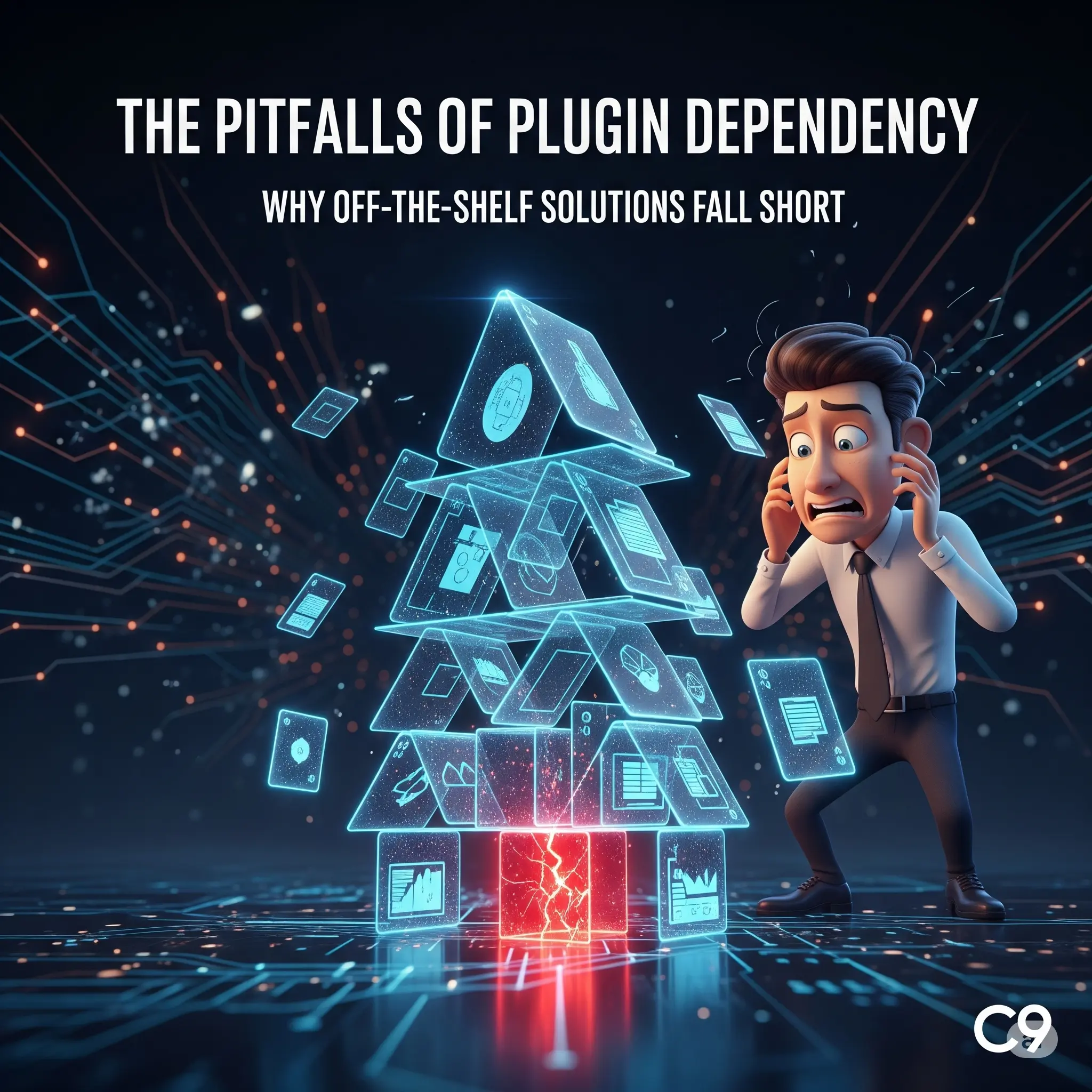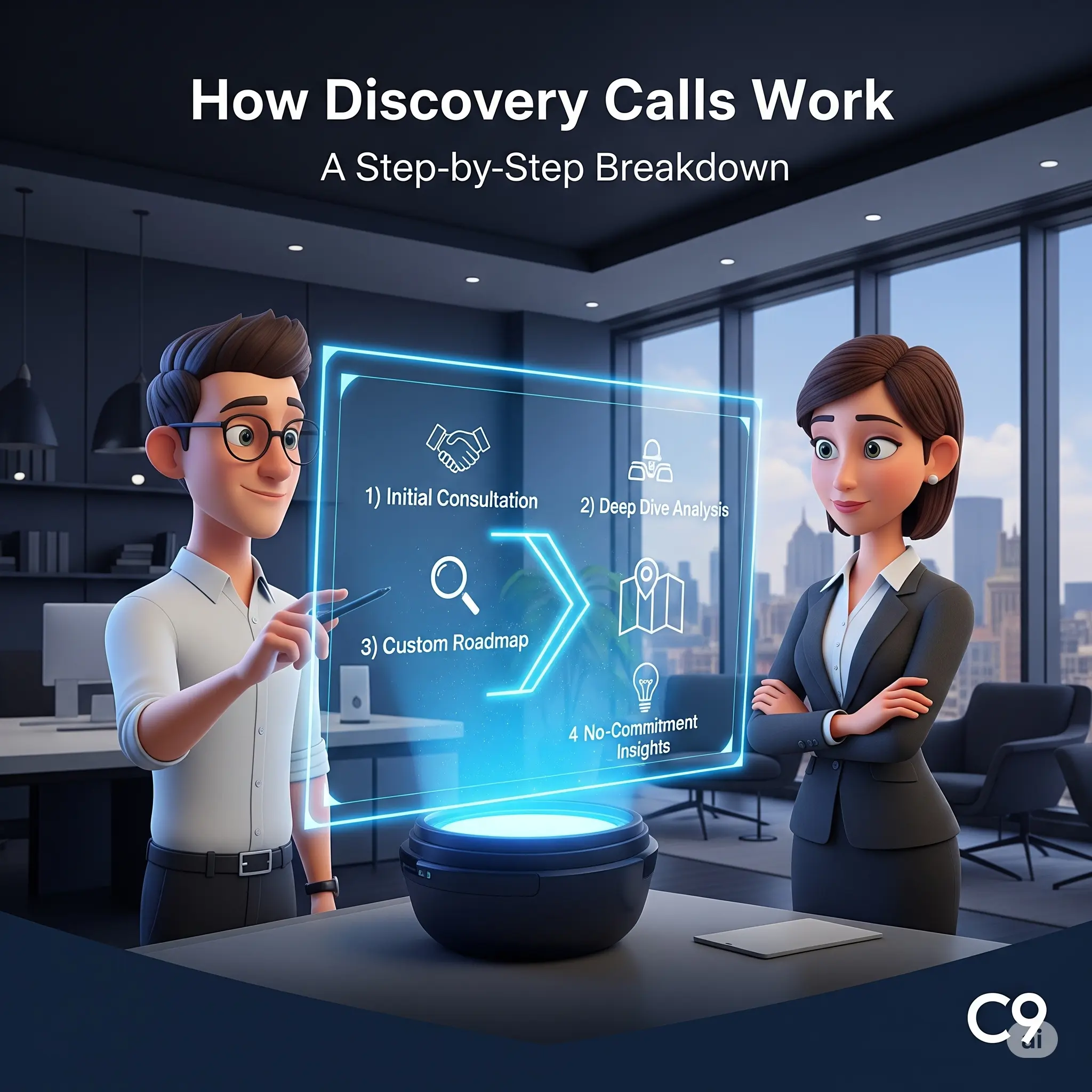Picture yourself as an Australian business executive, navigating the relentless demands of a competitive landscape where operational efficiency, stringent cost controls, and market pressures are constant companions. Your website, likely constructed on WordPress due to its user-friendly interface and budget-friendly appeal, has served you well—until now. Suddenly, it transforms into a potential catastrophe. The recent CVE-2025-7384 vulnerability in the widely used "Database for Contact Form 7, WPforms, Elementor forms" plugin has left over 70,000 sites globally vulnerable to remote code execution exploits. Attackers could inject harmful code without authentication, potentially wiping out essential files like wp-config.php and compromising your entire operation.
This isn't merely a fleeting technical oversight; it's a profound indicator of the inherent frailties in off-the-shelf platforms. In Australia, where stringent regulations like the Privacy Act and the Notifiable Data Breaches scheme impose severe penalties for data mishandling—fines that can reach millions—this reactive "patch" strategy is increasingly untenable. It's imperative to reframe these vulnerabilities not as isolated IT concerns, but as core business risks that jeopardise expansion, financial stability, and stakeholder trust. With the average cost of a data breach in Australia climbing to AUD $4.26 million in 2024, the stakes couldn't be higher. As detail-oriented leaders, you're already analysing how such threats could disrupt your goals of boosting revenues and gaining a competitive edge—now is the moment to act proactively.
The Hidden Dangers: Framing Vulnerabilities as Strategic Business Risks

WordPress dominates the digital space, fuelling nearly half of the world's websites, including a vast array of Australian enterprises from small firms to large corporations. Yet, the emergence of CVE-2025-7384 underscores a fundamental flaw in this ecosystem. This vulnerability enables unauthenticated intruders to deserialise untrusted data, paving the way for PHP object injection that could escalate to full remote code execution, data exfiltration, or even site-wide denial of service. Far from a simple bug, it represents a strategic vulnerability that undermines the very foundation of your business operations.
For organisations dependent on these cobbled-together systems, the risks compound exponentially: from sensitive data theft that exposes customer information to website defacement that tarnishes your brand, malware propagation that infects internal networks, and complete server takeovers that halt productivity. In the Australian context, where cyber threats are intensifying—the Australian Signals Directorate (ASD) responded to over 1,100 cyber security incidents in the 2023-2024 financial year alone—such lapses can devastate revenue streams, shatter customer loyalty, and attract rigorous regulatory oversight. Imagine the fallout: a breach not only incurs immediate recovery costs but also long-term reputational damage, with 27% of Australians experiencing cybercrime in the past year, heightening public scrutiny.
Delve deeper into the "patchwork" architecture of typical off-the-shelf WordPress setups. You begin with a standard theme, then layer on plugins to enable essential features—think contact forms for lead generation, SEO optimisers to boost visibility, and e-commerce tools for sales. Each plugin injects foreign code crafted by disparate third-party developers, whose security protocols may vary wildly. As your site evolves, this accumulation breeds cumulative peril: a single flawed component, such as the vulnerable plugin versions up to 1.4.3, can unravel the whole structure. Australian executives are all too familiar with the repercussions—downtime thwarting growth objectives, escalating patching expenses draining budgets, and antiquated tech leaving you trailing rivals who leverage cutting-edge innovations.
The Pitfalls of Plugin Dependency: Why Off-the-Shelf Solutions Fall Short

To intensify the concern, plugin reliance morphs your website into a precarious structure, akin to a house of cards teetering on collapse. Every new plugin heightens exposure; an overlooked update in one can trigger widespread failures across interconnected elements. For analytical Australian business leaders like you, this translates to perpetual vigilance: endless monitoring dashboards, frantic reactive patches, and the nagging anxiety of impending crises. While your competitors unveil sophisticated tech to captivate markets, you're ensnared in upkeep drudgery. Site outages degrading customer interactions? That's direct revenue haemorrhage. Skyrocketing fees for urgent repairs? That's margins eroded.
Compounding the issue, this model instils a deceptive veil of safety. Applying a fix—such as upgrading to version 1.4.4—merely bandages the symptom, ignoring the underlying disarray: a fragmented environment beholden to myriad external creators. It's inherently reactive, not forward-thinking, priming your enterprise for successive assaults. The August 2025 WordPress Vulnerability Report, revealing 83 fresh vulnerabilities, exemplifies this ongoing barrage, many stemming from plugin ecosystems. Real-world cases abound: consider a mid-sized Australian retailer whose e-commerce plugin lapse led to a data leak, costing thousands in lost sales and compliance fines. Such scenarios aren't anomalies—they're the predictable outcome of off-the-shelf shortcuts that prioritise convenience over resilience.
The Solution: Embracing Custom Software for Secure, Integrated Growth

Step into the realm of bespoke software solutions with C9, Australia's premier specialists in customised apps, integrations, and databases. We transcend mere patching; we engineer platforms inherently secure, eradicating the patchwork vulnerabilities at their core. Our methodology commences with a profound grasp of your distinct requirements, guaranteeing flawless meshing with legacy systems and fortified data safeguards that align with Australian compliance standards.
Central to this is the Discovery Call—a pivotal step you can't afford to bypass. Omitting it is akin to erecting a structure sans blueprints: prone to structural flaws, unforeseen expenses, and misaligned results. Far from time-wasting, a Discovery Call is a strategic outlay yielding clarity and alignment from the outset.
How Discovery Calls Work: A Step-by-Step Breakdown

1. Initial Consultation (15-30 Minutes): We engage in a focused dialogue about your challenges, aspirations, and catalysts—such as legacy system obsolescence or inflated expenses. This obligation-free session establishes rapport and context.
2. Deep Dive Analysis: Our specialists meticulously examine your existing infrastructure, pinpointing hazards like plugin frailties and unveiling avenues for operational enhancements that curtail costs and amplify productivity.
3. Custom Roadmap: We craft a phased project blueprint, segmenting development for swift returns on investment. For example, Phase 1 could fortify your primary website, yielding instant savings from minimised downtime to finance subsequent phases' innovations.
4. No-Commitment Insights: You depart equipped with practical advice, demonstrating tangible worth immediately and fostering trust in our collaborative ethos.
This framework positions us as genuine allies, not transactional suppliers, resonating with your analytical, driven disposition.
Grasping development expenditures is vital—it's far beyond mere coding. Tailored software integrates diverse facets: foundational development for core features, quality assurance (QA) to eradicate defects and assure dependability, project management for timeline and fiscal adherence, UI/UX design crafting user-friendly interfaces that enhance uptake, and infrastructure configuration (e.g., robust servers and cloud synergies) for expandability and efficacy. Neglecting discovery overlooks these, inviting flawed quotes and escalations. Via our phased methodology, we demystify these transparently, enabling early ROI from solid bases prior to advanced commitments, thus alleviating barriers like cost apprehensions and process ambiguity.
Indicative Pricing vs. Discovery-Based Pricing: Why One is a Gamble

Numerous firms proffer "indicative pricing" bids—hasty approximations rounded to days or weeks, rooted in presumptions. These are snares scarcely worth the ink, disregarding subtleties that spawn scope expansion, fiscal excesses, and discontent. Take a hypothetical website revamp quoted indicatively at 10 days ($20,000 at $2,000/day), presuming rudimentary development. Yet, concealed intricacies—QA scrutiny, managerial supervision, UI/UX polish, and infrastructure deployment—might inflate it to 15 days ($30,000), undermining confidence and gains.
Conversely, discovery-based pricing delivers exactitude, tallied to the hour post-rigorous scrutiny. It encompasses every cost component: coding hours (core dev), intensive QA (circa 20% of duration), coordination via project management (10-15%), user-focused UI/UX (15-20%), and deployment infrastructure (10%). Employing our staged tactic: Envision a 100-hour project aggregate. After discovery, Phase 1 (40 hours: 20 dev, 8 QA, 4 PM, 6 UI/UX, 2 infra) fortifies your site for $8,000 (blended rate), generating prompt ROI via downtime reductions ($5,000/monthly). These economies propel Phase 2 (60 hours), curbing initial outlays.
To underscore variability and discovery's indispensability pre-pricing, ponder a standard custom platform indicatively gauged at 80-120 hours (wide span from unexplored specifics). At assorted hourly tariffs—mirroring expertise and overheads—the outlays fluctuate dramatically:
- At $100/hour: $8,000–$12,000 (indicative variance: up to 50% overrun risk).
- At $125/hour: $10,000–$15,000.
- At $150/hour: $12,000–$18,000.
- At $175/hour: $14,000–$21,000.
- At $200/hour: $16,000–$24,000.
Absent discovery, you wager on the lower bound, yet actuals frequently crest the upper once holistic elements eclipse mere dev. Discovery hones to precise hours, securing precision, merit, and enduring allegiance. Phasing magnifies advantages: Secure rapid victories for instant efficacy, then channel savings into progressive refinements, elevating revenues and market prowess. By incorporating all facets—not solely dev—you attain a comprehensive remedy that optimises efficiency and profitability, tackling your triggers like high costs and outdated systems head-on.
Your Path to a Unified, Secure Future

Are you managing a collection of plugins, or are you running a secure, integrated business system? If your website's stability depends on the security practices of dozens of different third-party developers, it may be time to consider a unified, enterprise-grade solution. We build custom platforms that are secure by design, giving you peace of mind and a stable foundation for growth.
The latest WordPress vulnerability serves not merely as an alert but as a resounding imperative for Australian enterprises to transcend patches and embrace strategic, bespoke remedies. By confronting patchwork perils directly and comprehending the comprehensive gamut of development costs—from dev to QA, PM, UI/UX, and infrastructure—you can shield operations, trim expenditures, and accelerate advancement. At C9, we stand as your dependable collaborators, harnessing innovation to convert technological hurdles into opportunities, fostering the efficiency, cost reductions, and competitive superiority you seek.
Prepared to abandon vulnerabilities and unleash your enterprise's capabilities? Arrange a complimentary Discovery Call with C9 forthwith. Navigate to https://www.c9.com.au/ or reach out immediately—let's forge a secure, customised tomorrow collaboratively.